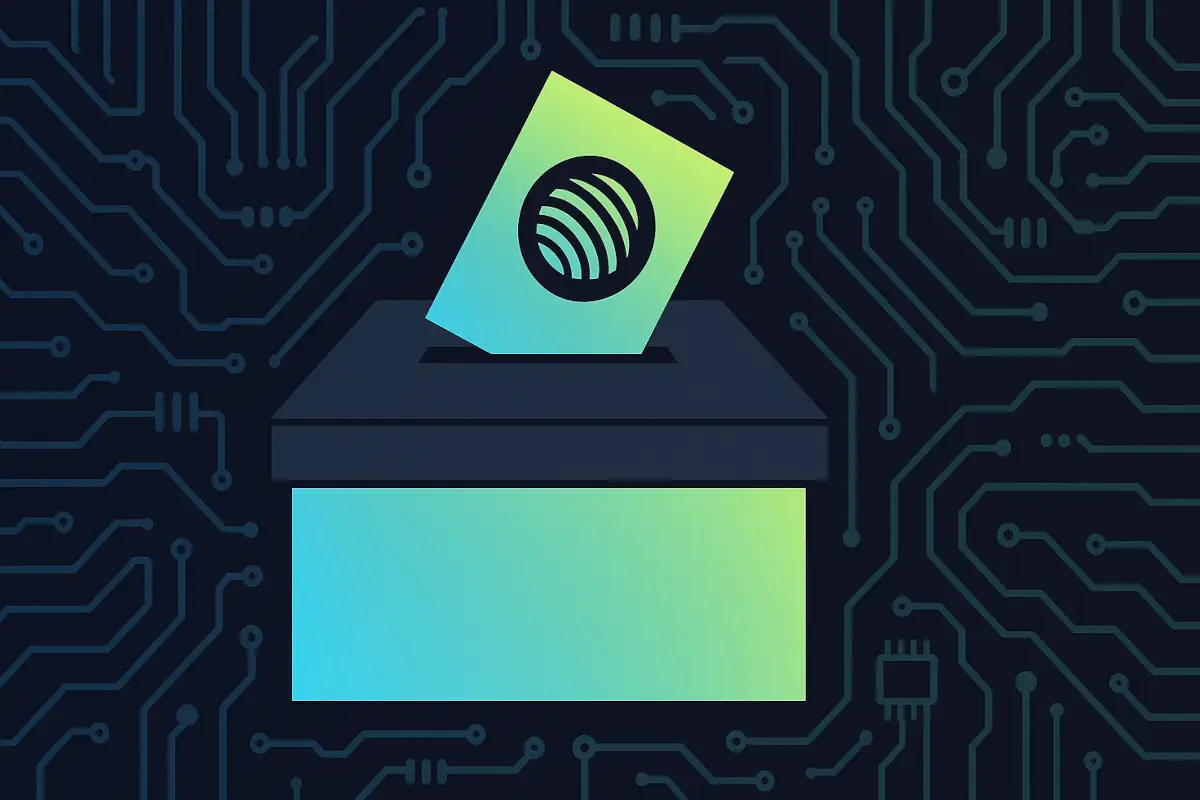Berachain gained significant attention earlier this year. Launched in February 2025, it surged in popularity, offering innovative solutions and strong early performance. However, recent weeks have painted a much gloomier picture. The sharp decline in its price – dropping over 50% from its peak – has raised serious questions about its future.
Table of Contents
What is Berachain?
Founded by three pseudonymous developers, Berachain entered the market with bold ambitions. Its mainnet officially went live on February 6, 2025, setting the stage for competition with major blockchains like Ethereum and Solana. The project stands out because of its unique approach to blockchain consensus. Instead of using typical proof-of-stake or proof-of-work models, Berachain employs a proof-of-liquidity system.
The proof-of-liquidity method is designed to align incentives between participants and the security framework of the chain itself. This means liquidity providers have a direct role in maintaining network stability, a key feature that drew early attention. Berachain also built its system to mirror Ethereum’s EVM architecture, making it compatible with a broad range of decentralized applications from day one.
Another crucial selling point was its attempt to solve the so-called “cold start problem,” which plagues many new blockchains. Rather than launching with minimal activity, Berachain aimed to create meaningful user engagement and developer activity immediately upon launch.
From Record Highs to a 50% Plunge
Berachain caught the eye of many traders earlier in 2025, especially after its token, BERA, soared above $8 in February. The network witnessed a liquidity inflow of about $685 million during its peak months, putting it well ahead of many other altcoins in the market. This rapid ascent was powered by a surge of optimism surrounding Berachain’s innovative model and expanding ecosystem.
Yet, this strong momentum did not last. As of May 1, BERA’s price had plunged to around $3.50, marking a drastic fall of more than 50% from its earlier highs. This reversal coincided with growing selling pressure and a noticeable change in investor sentiment. Furthermore, Berachain’s Google Trends also saw a sharp decline as the momentum faded.
However, Berachain has posted a remarkable 169% surge in active addresses over the past week, hitting 317,188 users, according to Nansen data. This sharp rise positions Berachain among the top performers in recent blockchain network growth alongside Unichain, Chiliz, and Sonic.
Berachain’s Recent Developments
Despite the grim market conditions, Berachain’s team has been far from idle. In March 2025, Berachain activated its much-anticipated Proof-of-Liquidity system, which added 37 reward vaults. These vaults allow decentralized applications to receive BGT emissions, incentivizing user participation and helping maintain engagement across the ecosystem. This move was seen as a key step in expanding Berachain’s reach beyond simple DeFi applications.
Governance improvements have also been noteworthy. The approval of Reward Vault Request Batch 5 introduced new applications, such as a sports betting vault for SX.Bet. Such developments demonstrate Berachain’s attempt to diversify and push the Proof-of-Liquidity model into new territories.
Additionally, Berachain has expanded its partnerships. Integrations with platforms like Dolomite and Paddle Finance have broadened liquidity options, while the oracle network Chronicle completed its mainnet integration to ensure reliable price feeds for Berachain-native assets.
Looking Ahead
One of the most anticipated events on Berachain’s near-term roadmap is a $2.7 billion TVL unlock from the Boyco Vaults on Berachain, scheduled for May 6, 2025. This event is expected to significantly impact liquidity conditions across EVM-compatible networks. Analysts view it as a critical test of Berachain’s Proof-of-Liquidity model and a potential turning point for the project.
Read also: How Does Crypto Staking Work? All You Need to Know




